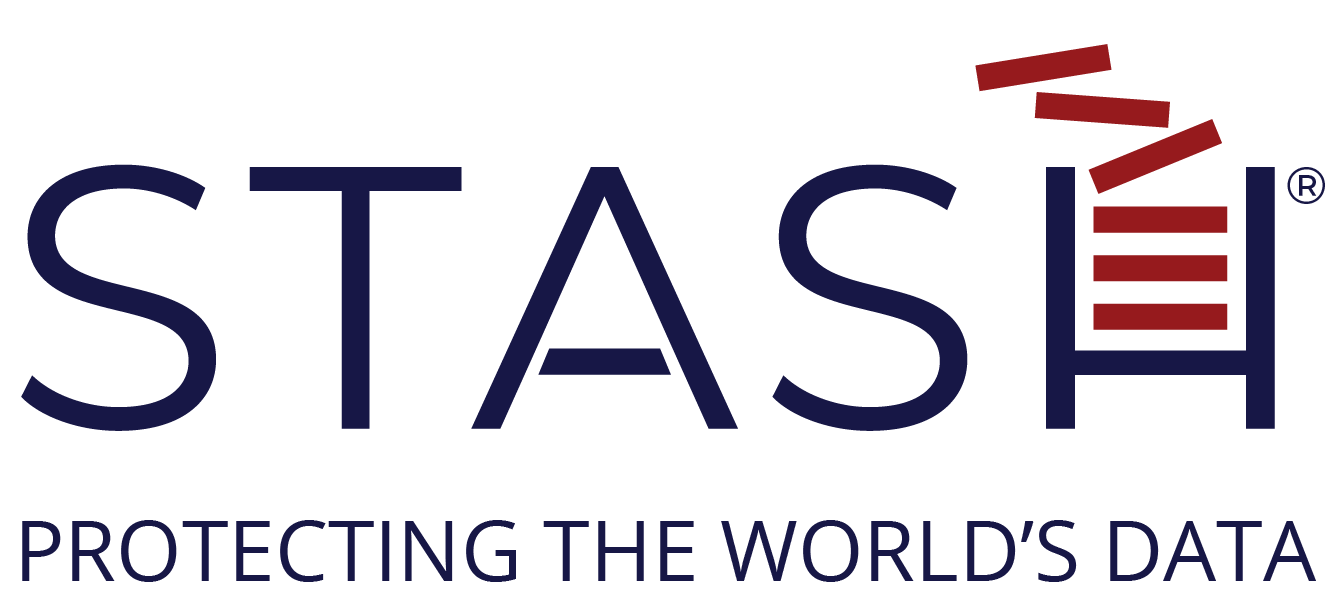Millions of companies are trying to understand what strategies and tactics will help them avoid the fates of Colonial Pipeline, JBS, Sony, Yahoo, Anthem Blue Cross, and the other 1 out of 100-30,000 companies that are breached every day. They are all ultimately turning away from only defensive security practices to proactive methods of data security as a solution to their cybersecurity problems.
Some of you reading this post right now have had cyber thieves sitting on your servers for months without your knowledge, siphoning data over time. If you aren’t protecting your data the right way, it’s just a matter of time before it becomes clear that your organization is in trouble.
What’s that funny noise?
When we take our automobiles to the dealership with a problem, often the explanation we give is that we don’t know what is wrong, but something just isn’t right. It may be just a feeling or a gut check. We often try to describe our findings in sound. A whine in the engine. A squeak in the brakes. And we hope that the mechanic understands what’s happening and will fix it. Because we sure don’t and can’t.
It’s the same scenario when data thieves attack your company. You may sense that something isn’t right. If you are utilizing several of the 100’s of 1,000’s of different defensively focused security tools available, there may be indicators that you can see. You just might be able to thwart at least some attacks.
Can Cyber Attacks Be Prevented?
There are debates outside of the security community about whether breaches can be stopped.
Inside the community, there isn’t any debate. We know they simply can’t be. To date, there have been 185 Million reported security incidents that have bypassed perimeter defense tools and anti-virus detection. The FBI says the real number is at least 10 times more.
The indefensible landscape is spreading by leaps and bounds, with every endpoint that connects to another. Each one of these is a potential pathway to data theft, destruction, or manipulation.
When, not if data breaches occur, sound effects notwithstanding, the noise you would hear would be like bombs exploding for all the damage that’s about
to be done.
But there isn’t any sound. That funny noise is in fact, the lack of it. Until it’s too late.
The Damaging Effects Of Cyber Attacks
The cost of the average data breach totals around $4 million, a 29% increase from just a few years ago. The stolen records alone are worth about $158 each. In a recent, real-world context, imagine losing $158 for each of the 70 million records stolen in the Dropbox breach. That’s not counting the cost of business downtime, remediation, fines, penalties, and other negative outcomes. Most smaller companies go out of business after an attack. Large ones are like wounded animals with ‘business as usual’ being a long way off – by at least months if not more.
If you’re in the healthcare or financial industries, you face even stricter fines and regulations. The findings show that the most expensive per-capita costs were in healthcare, education, and the finance sector. Healthcare costs came in at $355 per capita – more than double the average.
STASH® is a solution. In fact, when at the core of a security stack, it is the most effective means of protecting valuable data. The cost is reasonable, it works in the background, and can be utilized on the cloud or off.
For more information regarding why data centric security works best, check out our blog discussing what “real” security really means.


